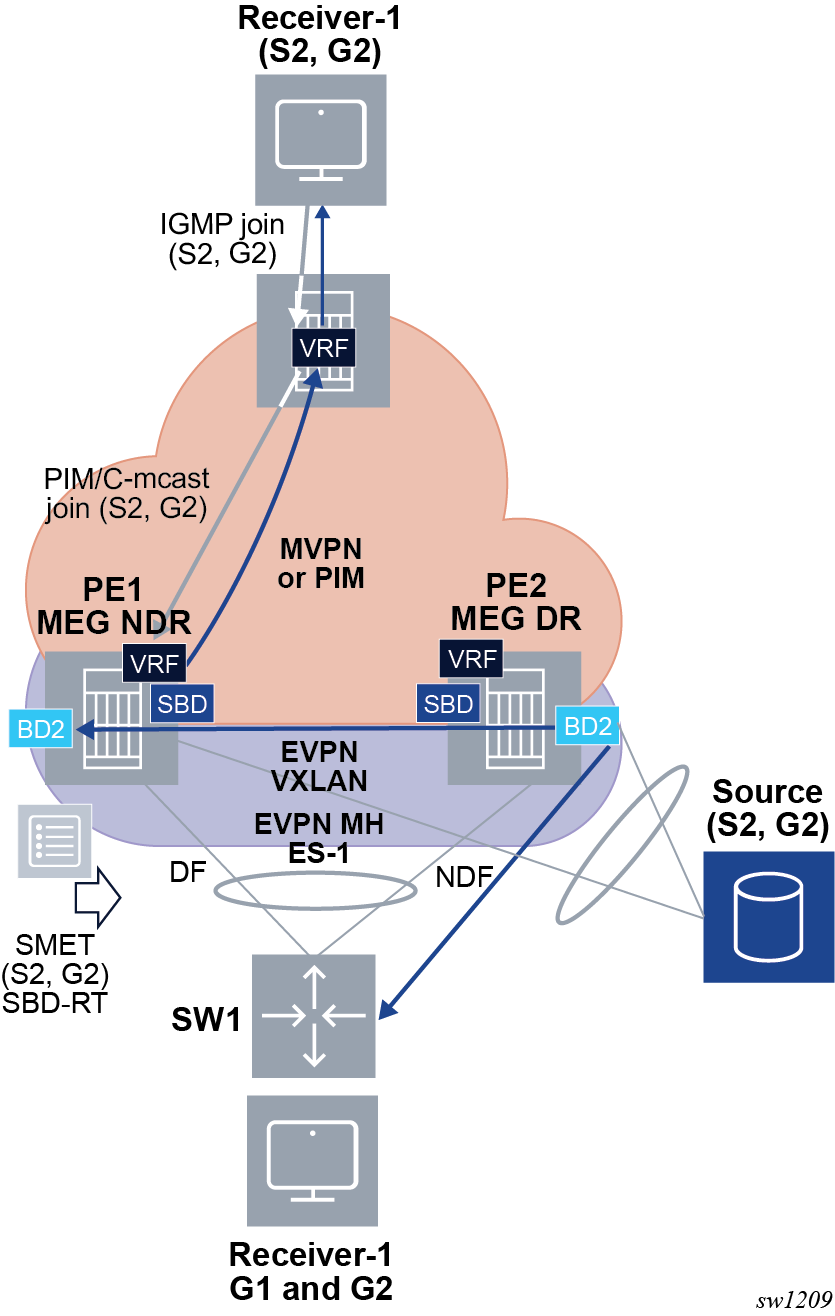Figure 1 shows a scenario where PE1 and PE2 are multihomed to a local source. A local receiver is also using multihoming to the same MEG or PEG pair. PE2 is the SBD-DR.
Figure 1. Local multihomed sources

When the source sends multicast traffic for S2,G2, VXLAN local-bias or regular ESI-label filtering ensures the multihomed local receiver does not get duplicate traffic. The following applies in this scenario.
- The MEG SBD-DR (PE2) still performs the FHR functionality in this case (sends register / Source A-D routes), even if the source was singlehomed to the non-DR.
- If S2 was singlehomed to PE2 only, to avoid tromboning, the source S2 is learned via ARP/ND as a host route and advertised in a VPN-IP route to attract the join route on PE2.
- If S2 is multihomed, as shown in Figure 1, tromboning may occur, but traffic still flows correctly. For
example:
- the remote PE performs UMH selection and picks up PE1
- PE1 generates a SMET route in the SBD as usual
- the SMET is imported and the state added to BD2 in PE2
- traffic is received by PE2, forwarded to PE1 via BD2, and then forwarded to the remote MVPN/PIM PE